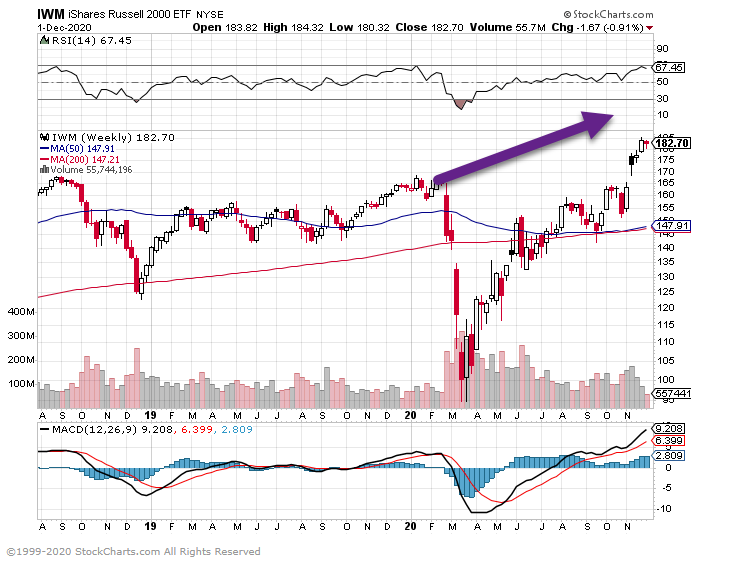1.#1 and #2 Today…Two Market Indicators…One Stocks Cheap and One Stocks 2nd Most Expensive Ever.
S&P Dividend Yield Versus U.S. Treasuries…Above 1 is cheap
A Favorite Bullish Indicator For Stocks Is Still Flashing Green
Take a look at the chart below that shows the ratio of the S&P 500 dividend yield to the 10-year treasury yield. The ratio skyrocketed because the 10-year bond yield has plummeted, yet the S&P 500 dividend yield has remained relatively steady between 1.8% – 2%.




